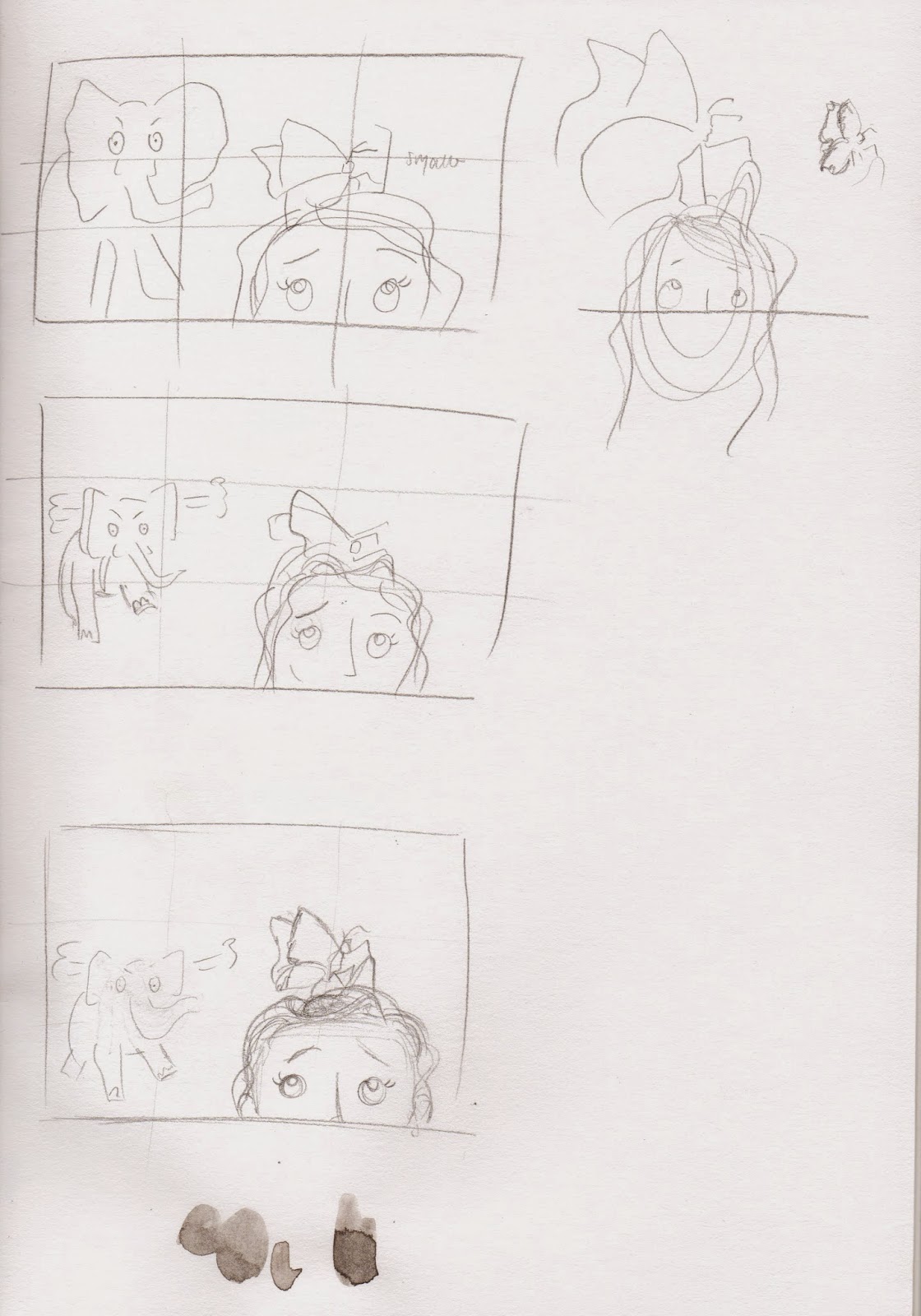Discussion work in groups/pairs:
Q: How can we place importance on certain information within the frame?
A: How much space they take up, and the amount of detail. SIZE.
Q: What are the benefits of overlapping objects in your composition and how is this best acheived?
A: Sense of depth and perspective, organising a kind of hierarchy or importance of objects. OVERLAPPING.
Q: What role does the frame play in composing visual information within your image?
A: Concentrating in on the important parts. How much picture space you have. CROPPING.
Critical task:
Critically deconstructing images.
Mark Herald
Playful, well balanced. Different elements, line of sight.
Laura Callaghan
Cropping, the boss is unimportant . The arrangement is very static, it is a complex image and there is no reference to light/dark.
Marc Aspinall
Emphasis on space, DRAMATIC IMAGE- imbalanced.
Matt Taylor
Cropping. Emphasis on the height of the image. Isolation. Contradictory in the sense that the man is the most important element in the image yet he is the smallest.
Ella KooKoo
Loads of overlapping, designed on screen too much. Organising information is done well.
Brian Saunders
Negative space, weird overlapping. The piano is the frame.
Hokusai
Dramatic and well balanced, extremely intricate as it was created from a woodblock print. The waterfall is centered around the line of sight as it is the most potent thing in the image. Overlapping and depth.
Antony Zinos
SIZE. Attention between two parties.
Learning about the RULE OF THIRDS
I first learnt about the rule of thirds in A-Level Photography in terms of balancing the level of information in the view-finder, and eventually the final image.
The 'four hotspots' are a key focus within this rule; when composing an image it can be considered important to arrange important elements in the line of sight of these four hotspots- resulting in a more balanced and focused image.
Many artists and directors use this technique to create powerfully composed imagery. In particular NORMAN ROCKWELL, and WES ANDERSON are renowned for the technicality in the balanced imagery that they have created.
Practical Task and Aims
Plan, design and produce a single image that includes You, an Elephant and a Butterfly- IN AN HOUR.
Plan, design and produce a single image that includes You, an Elephant and a Butterfly- IN AN HOUR.
Intentions
I immediately felt the pressure of this task to complete it to a good quality standard in such a short space of time. When planning my rough sketches, I wanted there to be a sense of narrative in the piece as well as focusing on frame and arrangement.
Work Made
I spent around half an hour creating the final image, in which I tried to add more detail to the more important elements- in this instance those in the foreground.
Evaluation
I am not quite as pleased as I could have been with the final image. I definitely focused more on the narrative of the scene than paying attention to factors such as size and overlapping, which if I would have used more effectively would have given my image more scope and a better understanding. Not all of the elements work together. The isolation of the elephant being too small has corrupted the way in which the image communicates.
Speculative Thinking
To improve my study, I will aim to focus more in depth of the relationship between the elements as opposed to the narrative of the image.
















No comments:
Post a Comment